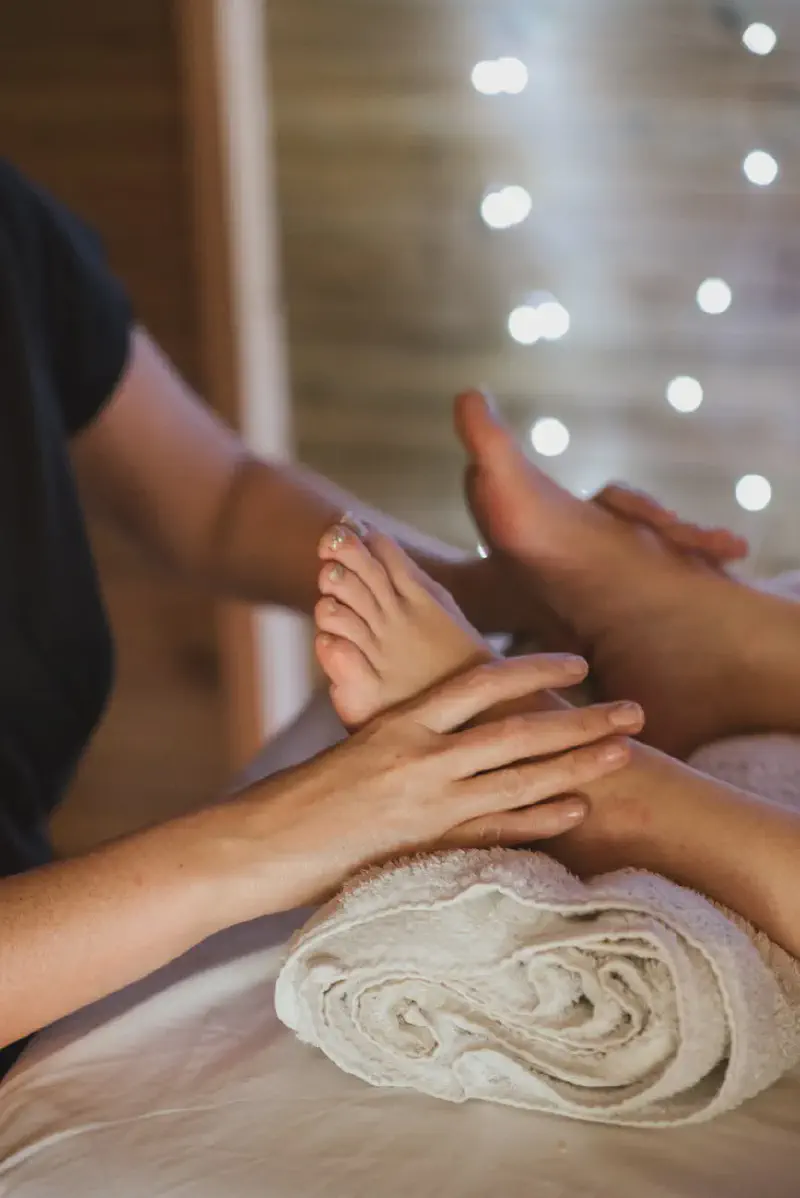Massage Techniques for Runners: Alleviating Muscle Soreness and Tightness
As a dedicated running coach, I’ve seen firsthand the immense benefits that regular massage can bring to the lives of my athletes. Running is a high-impact sport that can take a significant toll on the body, leading to muscle soreness, tightness, and even injury. However, incorporating massage into your recovery routine can be a game-changer, helping you bounce back stronger and prevent future setbacks.
Benefits of Massage for Runners
Massage is a powerful tool for runners, offering a wide range of benefits that can enhance your performance and overall well-being. By reducing muscle soreness and stiffness, massage improves your flexibility and range of motion, allowing you to move more freely and efficiently. This, in turn, can help prevent injuries and the dreaded overtraining syndrome, which can sideline even the most dedicated runners.
But the benefits of massage go beyond just physical recovery. The relaxation and stress relief that come with a well-executed massage session can also promote mental and emotional recovery, helping you recharge and approach your next training session with renewed energy and focus.
Types of Massage for Runners
When it comes to massage for runners, there are several different techniques that can be tailored to your specific needs. Sports massage, for example, focuses on the specific muscle groups used in running, targeting areas like the calves, hamstrings, and IT bands to release tension and improve circulation.
Swedish massage, on the other hand, is a more relaxing and soothing approach, promoting overall relaxation and circulation throughout the body. Deep tissue massage, meanwhile, targets the deeper layers of muscle tissue to release stubborn knots and adhesions, while myofascial release uses gentle pressure to address the connective tissue surrounding the muscles.
Depending on your individual needs and preferences, your massage therapist can work with you to determine the best approach, ensuring that you get the most out of your massage experience.
Massage Techniques for Common Running Injuries
Massage can be particularly beneficial in addressing common running injuries, such as IT band syndrome, plantar fasciitis, shin splints, and hamstring strains. By targeting the affected areas with specific massage techniques, you can help alleviate pain and inflammation, promote healing, and prevent the injury from recurring.
For example, in the case of IT band syndrome, your massage therapist may focus on massaging the IT band itself, as well as the surrounding muscles like the gluteus maximus and tensor fasciae latae. This can help reduce friction and tension in the area, alleviating the pain and discomfort associated with this common running injury.
Similarly, for plantar fasciitis, a massage therapist may work on the plantar fascia and the calf muscles, using techniques like deep tissue massage and myofascial release to release tension and promote healing. And for shin splints, massage of the shin muscles and surrounding tissues can improve circulation and reduce pain.
Recovery Nutrition and Sleep
Of course, massage is just one piece of the recovery puzzle for runners. Proper nutrition and adequate sleep are also crucial for muscle recovery and injury prevention.
Ensuring that you’re getting enough protein, carbohydrates, and hydration can help your muscles repair and rebuild after the stress of training. And don’t underestimate the power of a good night’s sleep – your body does much of its recovery work while you’re resting, so aim for 7-9 hours of quality sleep each night.
Active Recovery and Cross-Training
In addition to massage, active recovery activities like walking, swimming, or cycling can also be incredibly beneficial for runners. These low-impact activities help promote blood flow and circulation, without placing additional stress on your muscles and joints.
And don’t forget the importance of cross-training. Incorporating strength training, yoga, or other complementary activities into your routine can help strengthen the supporting muscles and prevent imbalances, reducing your risk of injury.
Return to Running After Injury
If you’ve been sidelined by an injury, it’s crucial to work closely with your healthcare team, including your massage therapist, to develop a gradual and safe return-to-running plan. Rushing back too quickly can lead to re-injury, so listen to your body and be patient with the process.
Your massage therapist can play a key role in this process, helping to address any lingering tightness or imbalances and guiding you through the rehabilitation process. With their expertise and your commitment to a comprehensive recovery plan, you can get back to the sport you love stronger and more resilient than ever.
Conclusion
Massage is a powerful tool in the runner’s toolkit, offering a wide range of benefits that can help you stay healthy, recover more effectively, and perform at your best. By incorporating regular massage into your routine, you can alleviate muscle soreness and tightness, prevent injuries, and enhance your overall well-being as a runner.
So, whether you’re a seasoned marathoner or a weekend warrior, consider adding massage to your recovery regimen. Your body will thank you, and you’ll be well on your way to reaching your running goals.
